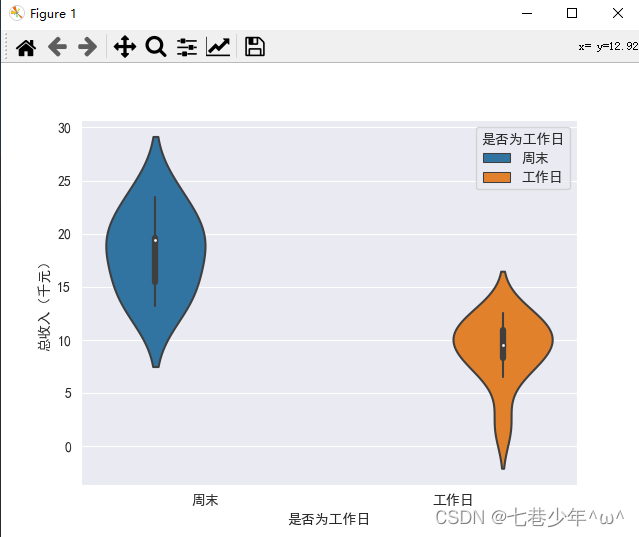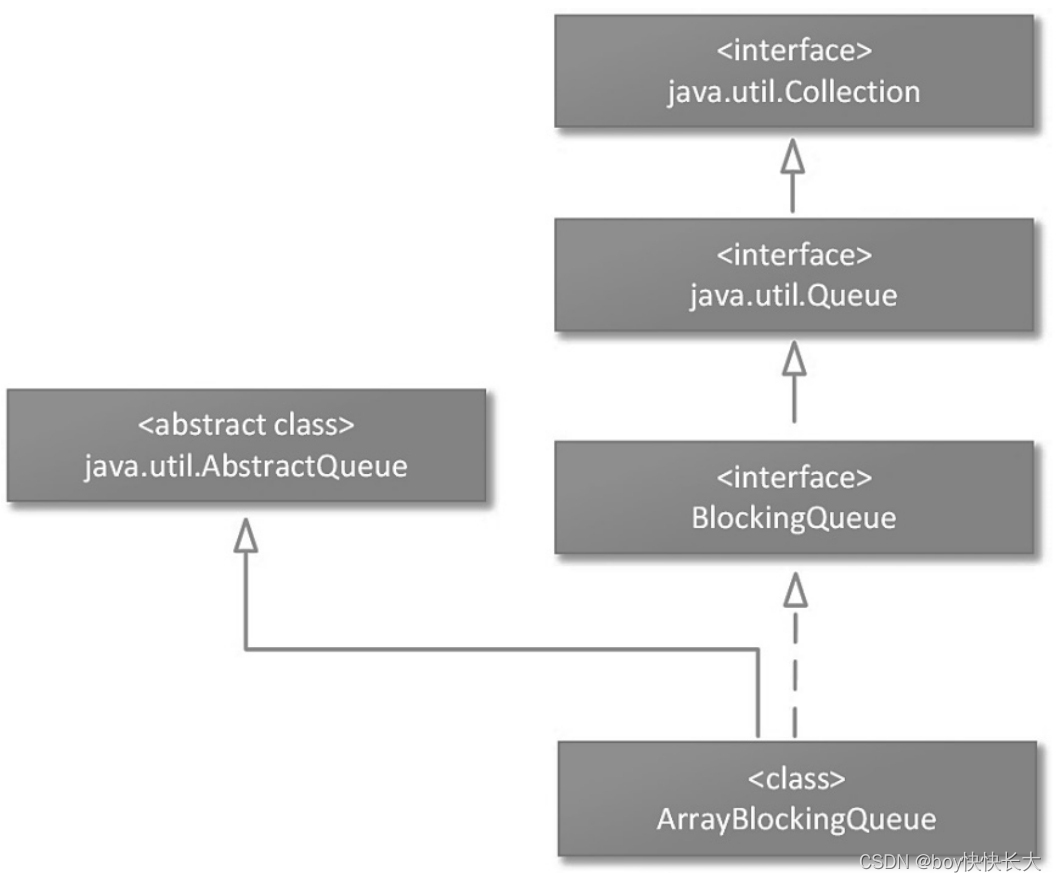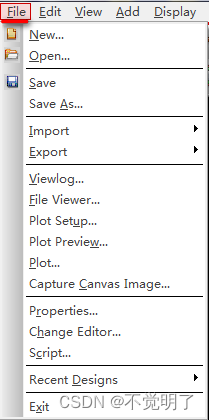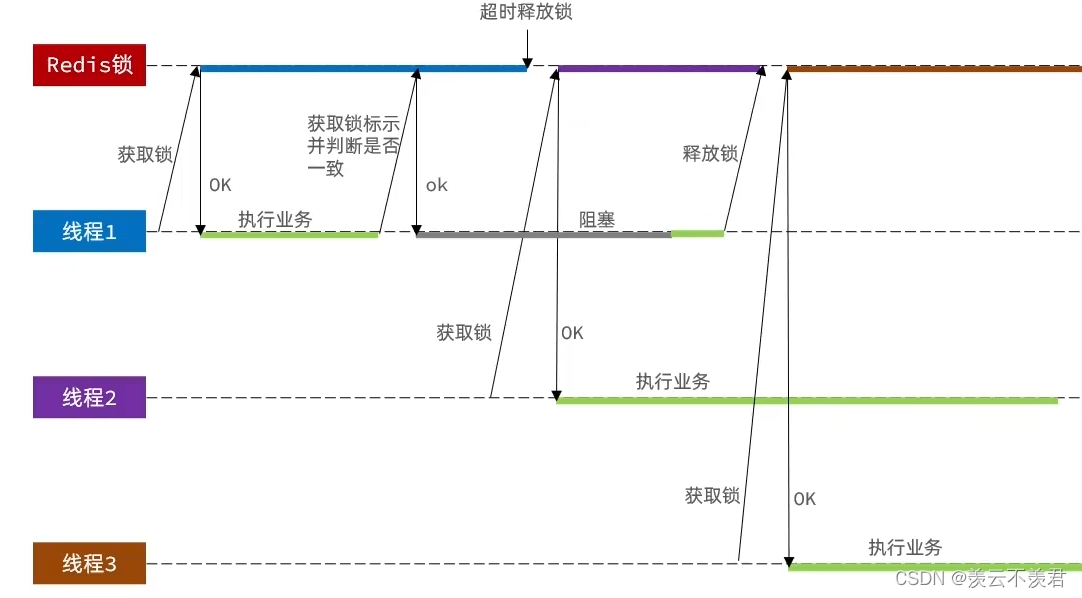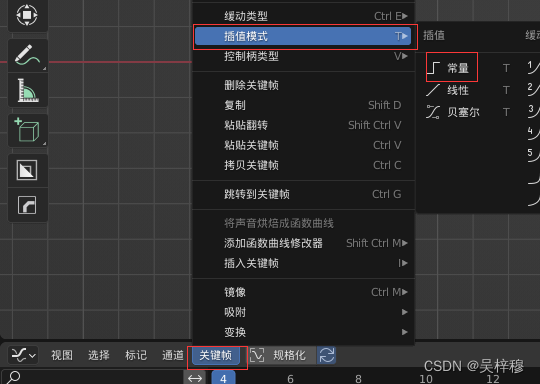前言
装饰模式也称为包装模式,结构型设计模式之一;
定义:动态地给一个对象添加一些额外的职责。就增加功能来说,装饰模式生成子类更为灵活;
使用场景:需要透明且动态地扩展类的功能时;
UML类图:
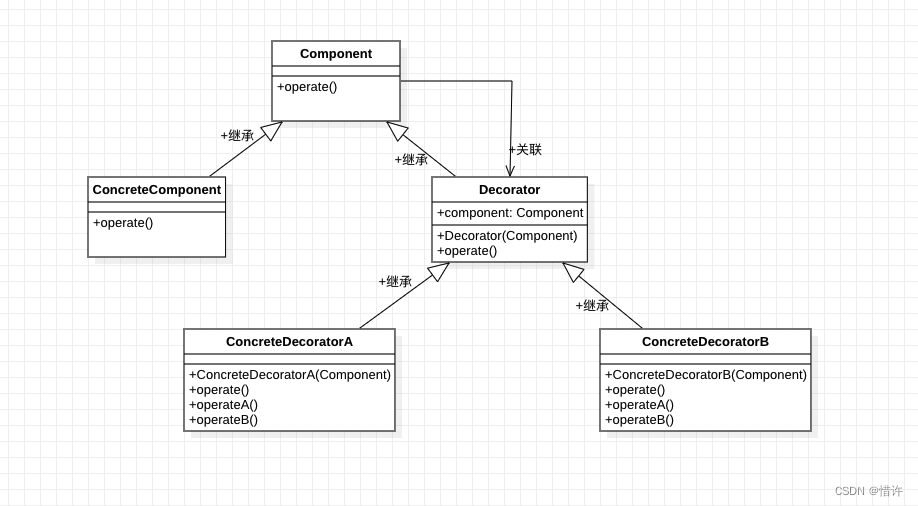
Component:抽象组件,可以是一个接口或抽象类,充当的就是被装饰的原始对象;
ConcreteComponent:组件具体实现类;该类是Component类的基本实现,也是我们装饰的具体对象;
Decorator:抽象装饰者,为了装饰我们的组件对象,内部持有一个指向组件对象的引用,该类为抽象类,需要根据不同的装饰逻辑实现不同的具体子类;
ConcreteDecoratorA、ConcreteDecoratorB:装饰者具体实现类,对抽象装饰者的具体实现;
模板代码
- 定义抽象组件,
Component
/**
* 抽象组件
*/
abstract class Component {
abstract fun operate()
}
- 定义具体被装饰类,
ConcreteComponent
/**
* 具体被装饰类
*/
class ConcreteComponent : Component() {
override fun operate() {
}
}
- 定义抽象装饰类,
Decorator
/**
* 抽象装饰类
*/
abstract class Decorator(private val component: Component) : Component() {
override fun operate() {
component.operate()
}
}
- 定义具体装饰类,
ConcreteDecorator
/**
* 具体装饰类
*/
class ConcreteDecorator(component: Component) : Decorator(component) {
override fun operate() {
operateA()
super.operate()
//方法装饰,增强
operateB()
}
/**
* 自定义装饰方法A
*/
private fun operateA() {
}
/**
* 自定义装饰方法B
*/
private fun operateB() {
}
}
- 代码调用示例
//构造被装饰的对象
val component = ConcreteComponent()
//具体装饰类
val concreteDecorator = ConcreteDecorator(component)
concreteDecorator.operate()
示例代码
这里我们以员工进行举例,以员工为抽象组件,抽象行为为工作,具体被装饰的对象假如为互联网员工,然后根据职位不同进行装饰,如普通程序员可以一边工作一边摸鱼,而部门主管不仅一边工作一边摸鱼,还一边监视其他员工;下面我们使用装饰模式来实现:
- 定义抽象组件,员工类
Staff
abstract class Staff {
abstract fun work()
}
- 定义具体被装饰类,公司员工
ConcreteStaff
/**
* 具体被装饰类,公司员工
*/
class ConcreteStaff : Staff() {
override fun work() {
println("努力上班中...")
}
}
- 定义抽象装饰类,程序员装饰类
EngineerDecorator
/**
* 抽象装饰类,程序员装饰类
*/
abstract class EngineerDecorator(private val staff: Staff) : Staff() {
override fun work() {
staff.work()
}
}
- 定义具体装饰类,普通程序员
CommonEngineerStaff
/**
* 普通程序员
*/
class CommonEngineerStaff(staff: Staff) : EngineerDecorator(staff) {
override fun work() {
super.work()
rest()
}
private fun rest() {
println("休息一会,偷偷摸摸鱼...")
}
}
- 定义具体装饰类,部门主管
GroupEngineerStaff
/**
* 部门主管
*/
class GroupEngineerStaff(staff: Staff) : EngineerDecorator(staff) {
override fun work() {
super.work()
rest()
checkOthers()
}
private fun rest() {
println("休息一会,喝个咖啡~~")
}
private fun checkOthers() {
println("看一下,哪个龟儿子在偷懒...")
}
}
- 编写测试代码验证
object Test {
@JvmStatic
fun main(args: Array<String>) {
//构造被装饰的对象
val staff = ConcreteStaff()
//普通代码狗
val commonEngineerStaff = CommonEngineerStaff(staff)
commonEngineerStaff.work()
println("------------------------------")
println("------------------------------")
//部门主管
val groupEngineerStaff = GroupEngineerStaff(staff)
groupEngineerStaff.work()
}
}
结果输出:
努力上班中...
休息一会,偷偷摸摸鱼...
------------------------------
------------------------------
努力上班中...
休息一会,喝个咖啡~~
看一下,哪个龟儿子在偷懒...
Android源码中的装修模式
Context、ContextImpl、ContextWrapper,我们简单分析下源码:
首先看下Context类
public abstract class Context {
public abstract void startActivity(@RequiresPermission Intent intent);
public abstract void sendBroadcast(@RequiresPermission Intent intent);
public abstract ComponentName startService(Intent service);
...
}
可以看到Context是一个抽象类,定义了很多关键的抽象方法,如启动Activity、发送广播、开启服务等,
我们知道它的具体实现类为ContextImpl
class ContextImpl extends Context {
@Override
public void startActivity(Intent intent, Bundle options) {
warnIfCallingFromSystemProcess();
...
mMainThread.getInstrumentation().execStartActivity(
getOuterContext(), mMainThread.getApplicationThread(), null,
(Activity) null, intent, -1, options);
}
}
@Override
public ComponentName startService(Intent service) {
warnIfCallingFromSystemProcess();
return startServiceCommon(service, false, mUser);
}
@Override
public void sendBroadcast(Intent intent) {
warnIfCallingFromSystemProcess();
String resolvedType = intent.resolveTypeIfNeeded(getContentResolver());
try {
intent.prepareToLeaveProcess(this);
ActivityManager.getService().broadcastIntentWithFeature(
mMainThread.getApplicationThread(), getAttributionTag(), intent, resolvedType,
null, Activity.RESULT_OK, null, null, null, AppOpsManager.OP_NONE, null, false,
false, getUserId());
} catch (RemoteException e) {
throw e.rethrowFromSystemServer();
}
}
可以看到它实现了Context中的所有抽象方法,我们在看下ContextWrapper这个类;
public class ContextWrapper extends Context {
Context mBase;
public ContextWrapper(Context base) {
mBase = base;
}
protected void attachBaseContext(Context base) {
if (mBase != null) {
throw new IllegalStateException("Base context already set");
}
mBase = base;
}
public Context getBaseContext() {
return mBase;
}
@Override
public void startActivity(Intent intent) {
mBase.startActivity(intent);
}
/** @hide */
@Override
public void startActivityAsUser(Intent intent, UserHandle user) {
mBase.startActivityAsUser(intent, user);
}
@Override
public void sendBroadcast(Intent intent) {
mBase.sendBroadcast(intent);
}
@Override
public void sendBroadcast(Intent intent, String receiverPermission) {
mBase.sendBroadcast(intent, receiverPermission);
}
}
可以看到,ContextWrapper持有Context对象,并重写了一系列的抽象方法,很明显,这是典型的装饰模式的运用,ContextWrapper充当具体的装饰者角色,对ContextImpl进行功能增强;
总结
装饰模式在Android中运用的十分广泛,但容易和代理模式混淆,代理模式中代理类也是持有被代理类的对象,但两者又有很大的区别:装饰模式是对所要装饰的对象的功能增强,而代理模式只是对代理的对象进行调用,不会对对象本身的功能有所增强;
结语
如果以上文章对您有一点点帮助,希望您不要吝啬的点个赞加个关注,您每一次小小的举动都是我坚持写作的不懈动力!ღ( ´・ᴗ・` )

